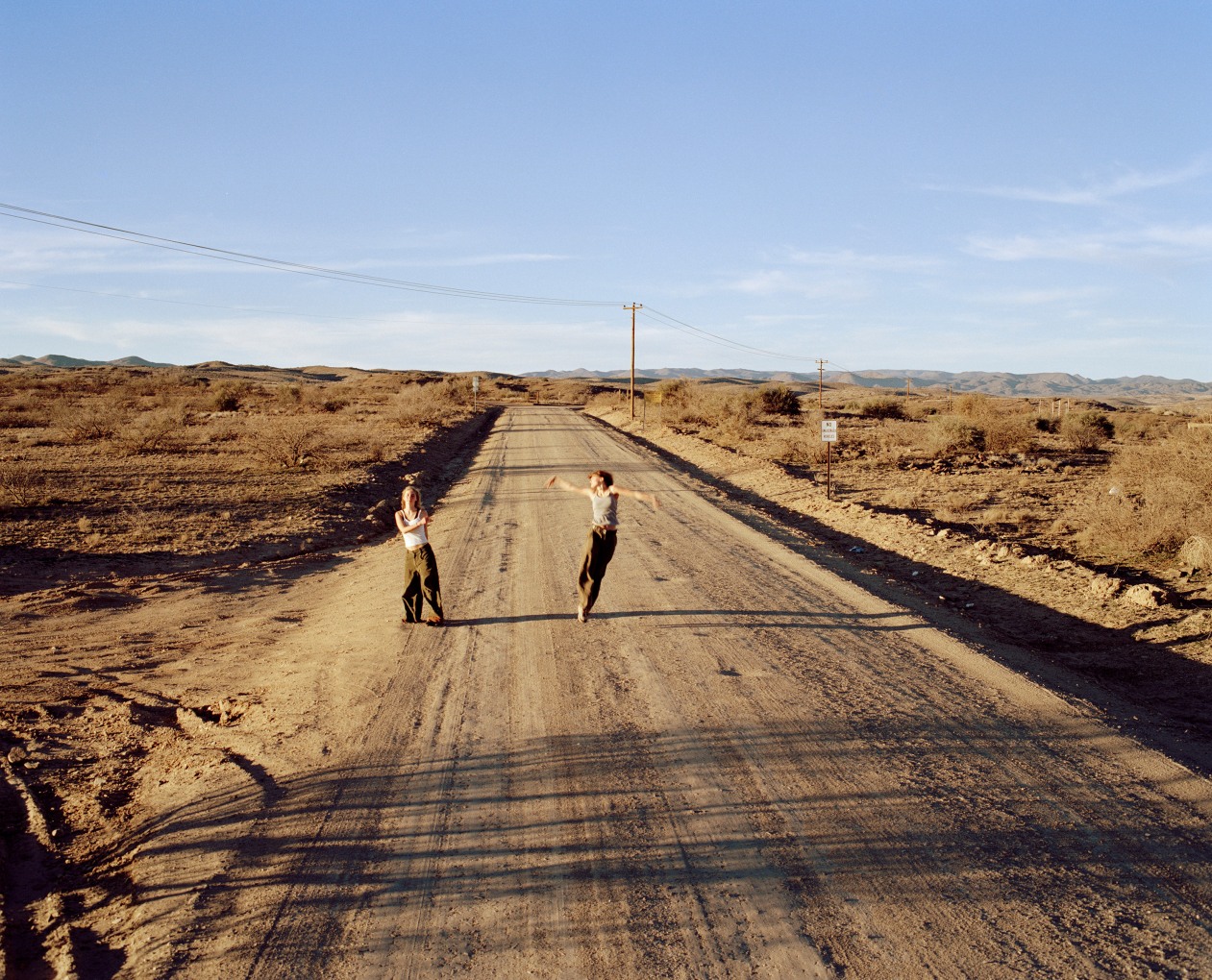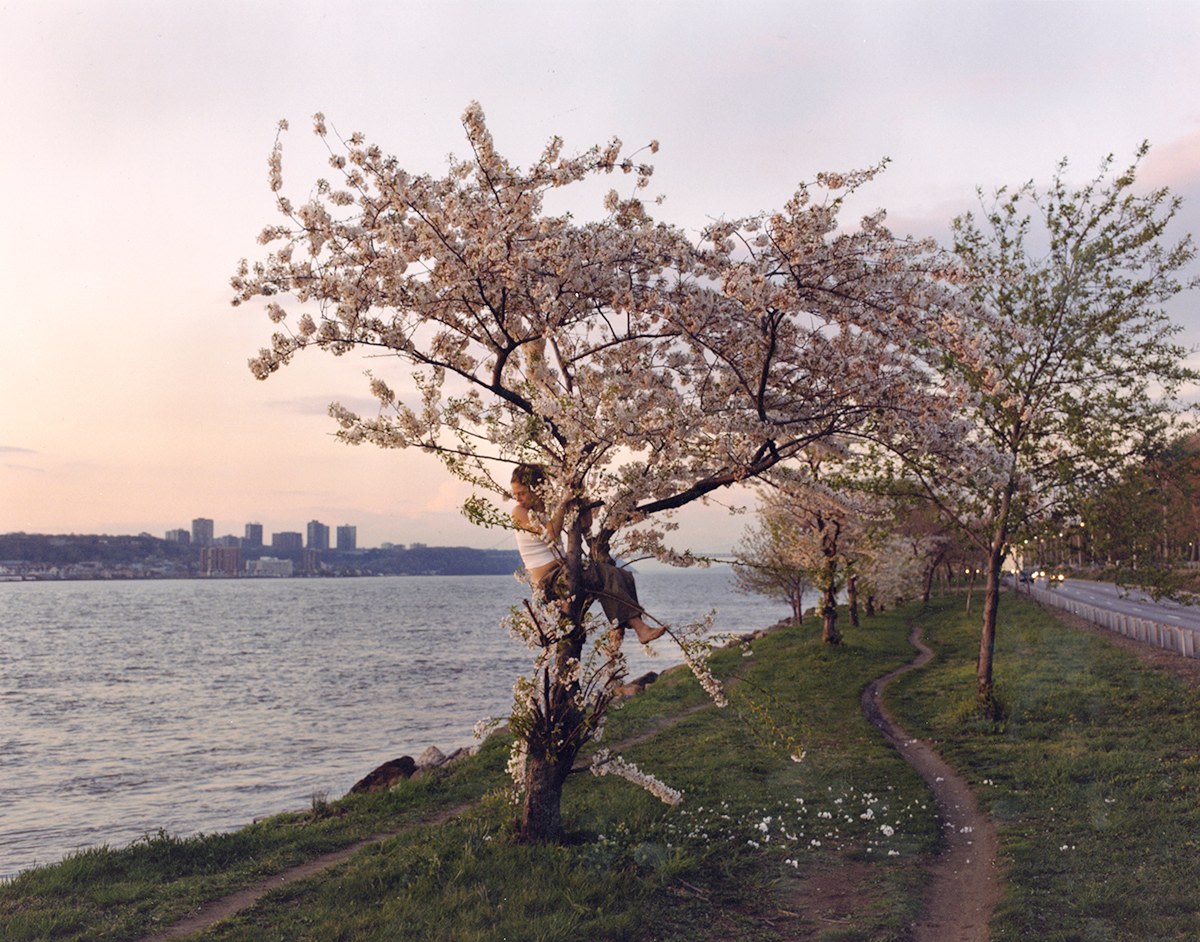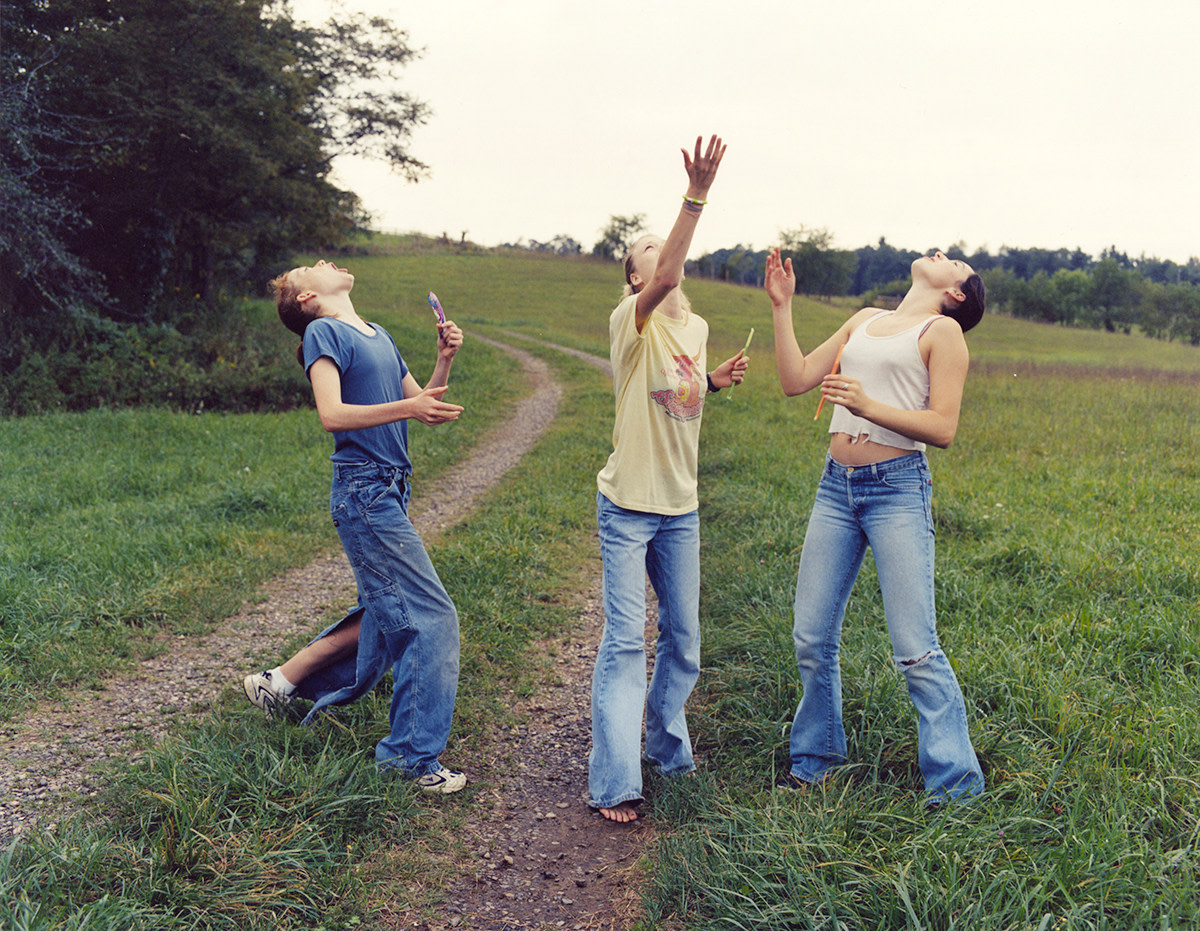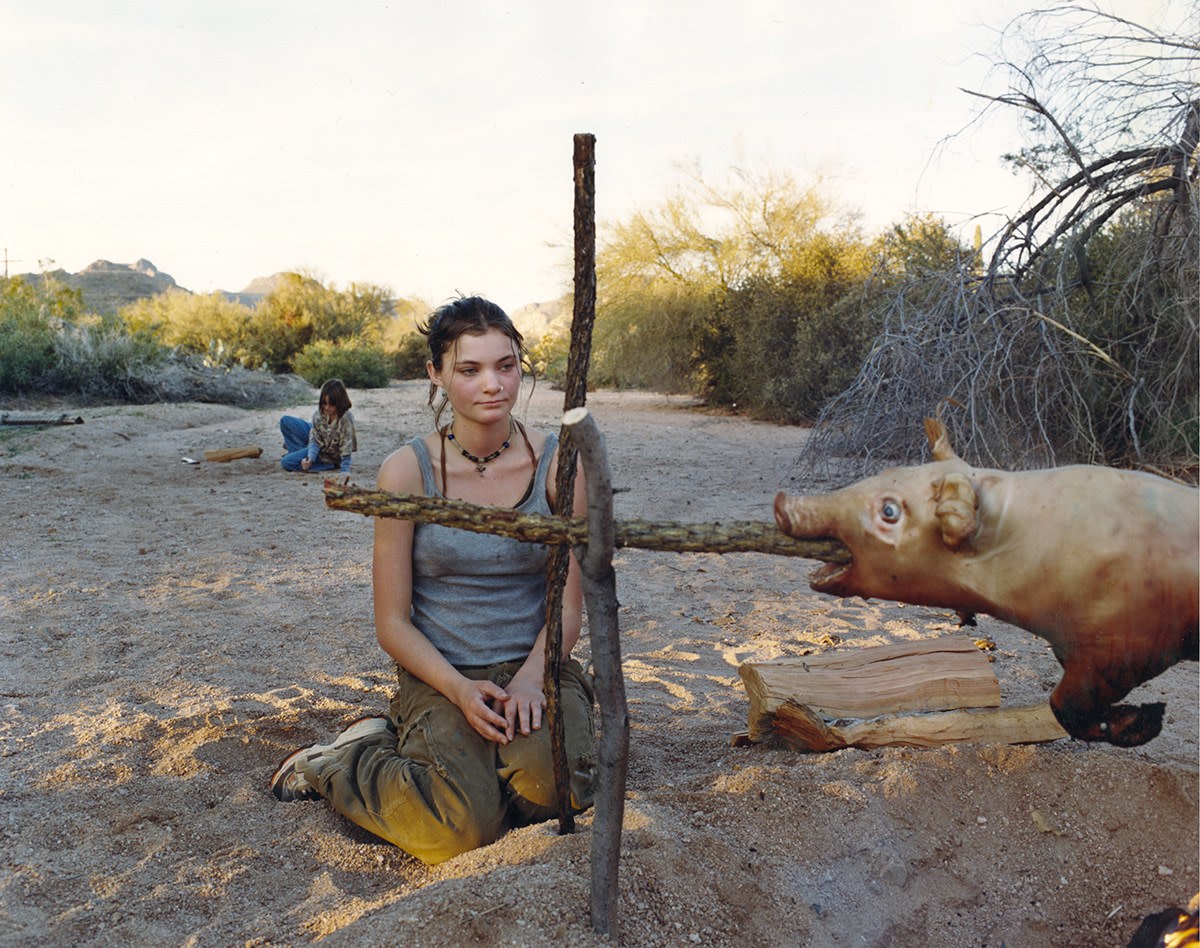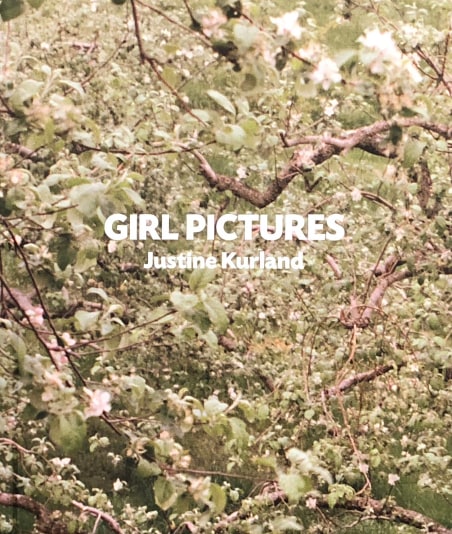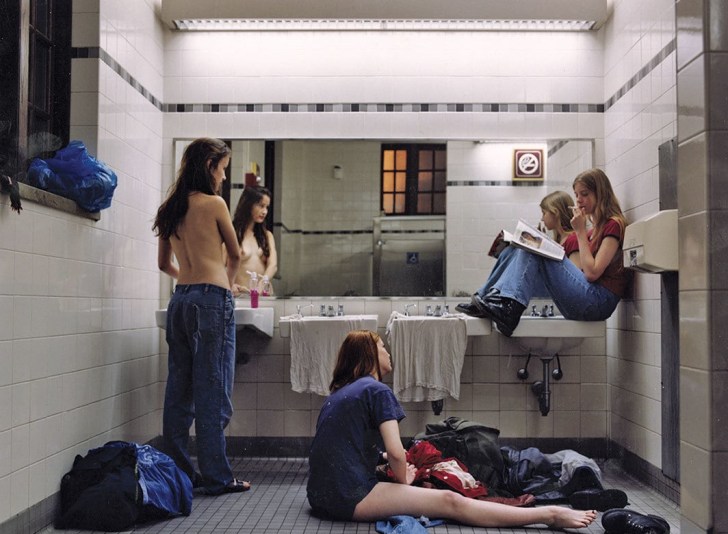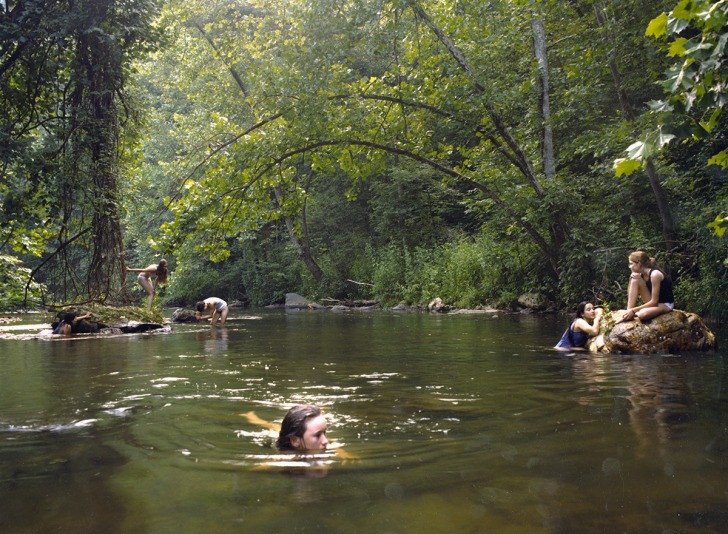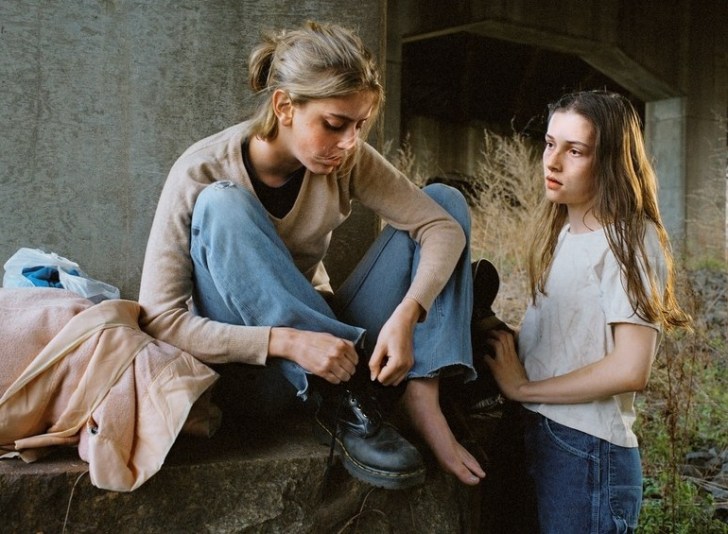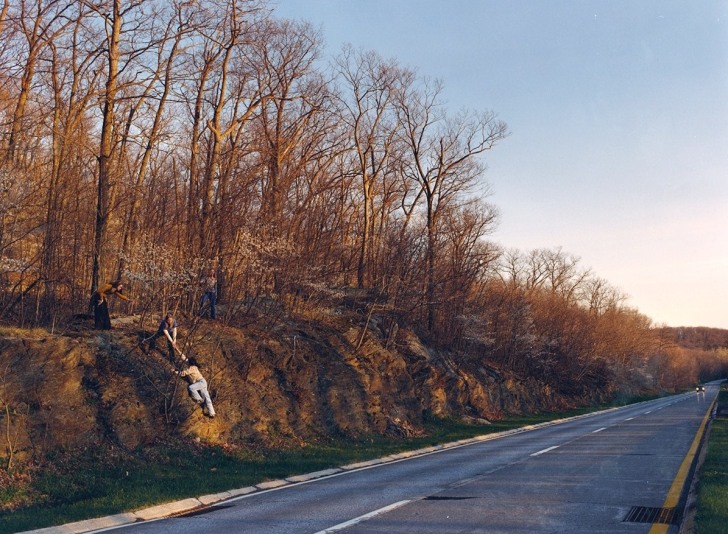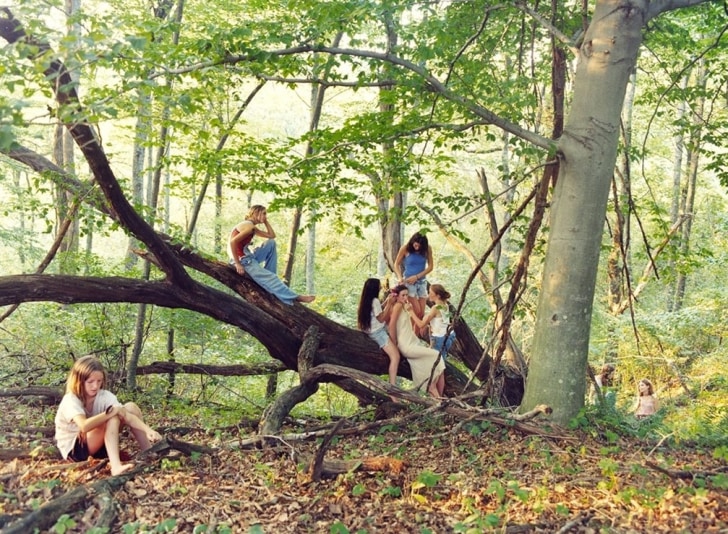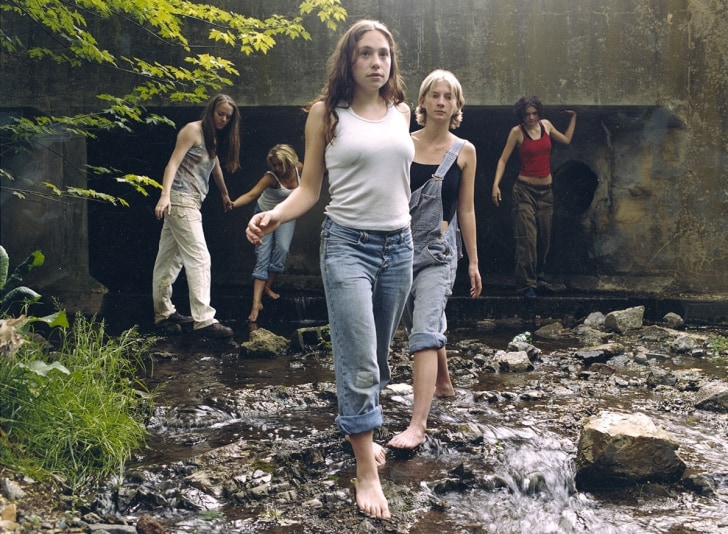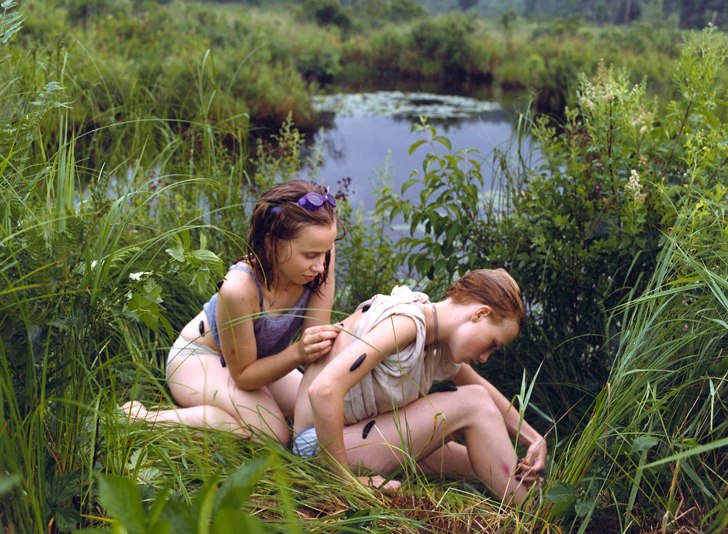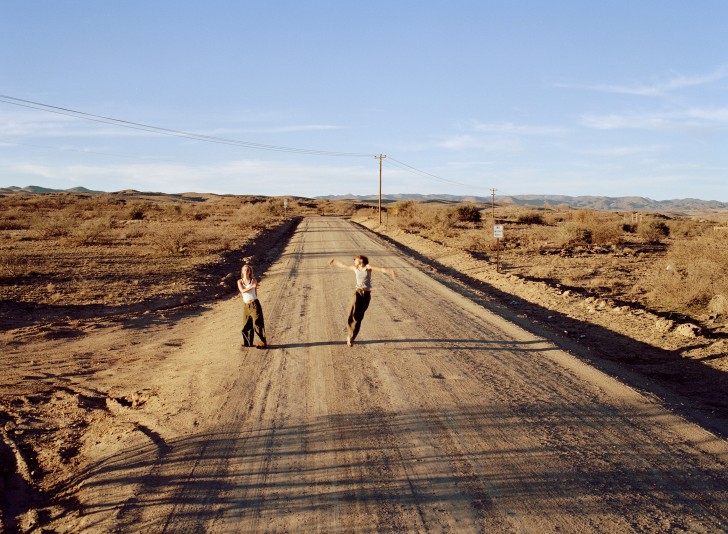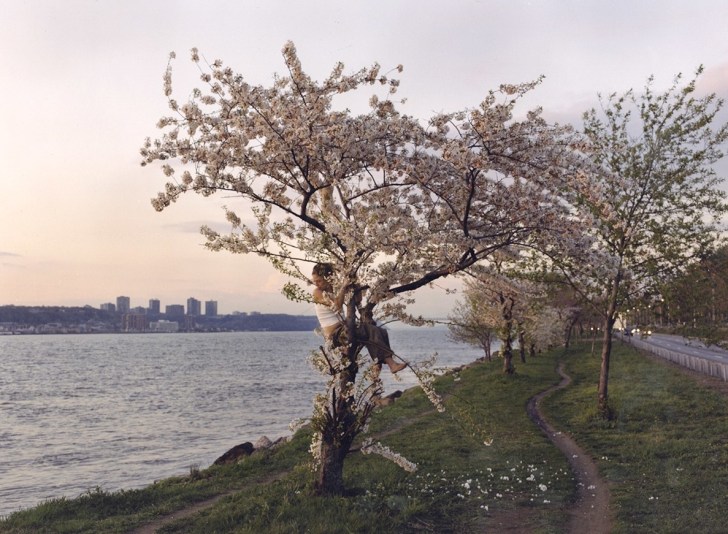Mitchell-Innes & Nash is honored to present Girl Pictures, 1997-2002 by Justine Kurland. On view at the gallery’s Chelsea location on the occasion of the project’s 20th anniversary, this exhibition is the first presentation of the artist’s complete first printing of the Girl Pictures; the series is comprised of sixty-nine vintage prints. The gallery will publish a limited edition monograph by the same name to accompany the exhibition with an essay by the artist. This is Justine Kurland’s fourth solo show with the gallery.
The works on view were made as Kurland drove across the United States and span a period of five years between 1997 and 2002. Beginning in New Haven, where she was completing her graduate studies, the photographs cover a range of settings from the dystopian non-place of a roadside truck stop to the dreamlike landscape of an Arcadian meadow. The primary subject of Kurland’s pictures, however, are the adolescent girls who inhabit these places, both familiar and uncanny, captured by the artist’s camera. The fact that Kurland’s pictures are carefully staged seems to contradict their intimate, candid quality. Speaking about her work, Kurland has said that she constructs pictures in order to let them unravel, working along a “spectrum between the perfect and the real.”
Productive conflicts, often alluringly elusive, abound in Kurland’s work. There is, for one, the push and pull between nature and culture, as evidenced by images like Play Mountain (2000) where rolling green hills, which at first glance look curiously manicured, are actually manmade vestiges of a landfill. In his New York Times review of the artist’s first solo exhibition in New York in 1999, Ken Johnson notes that the “particular appeal of Ms. Kurland’s work is in its deadpan tension between the matter of fact and the mythic.” This balancing act is mirrored in the artist’s own life; indeed, Kurland has noted the autobiographical parallels in her work, specifically her competing desires to both escape and fight back; to document and allegorize; and to capture “vaporous abstractions” like the carefree freedom of her “runaway girls.”


